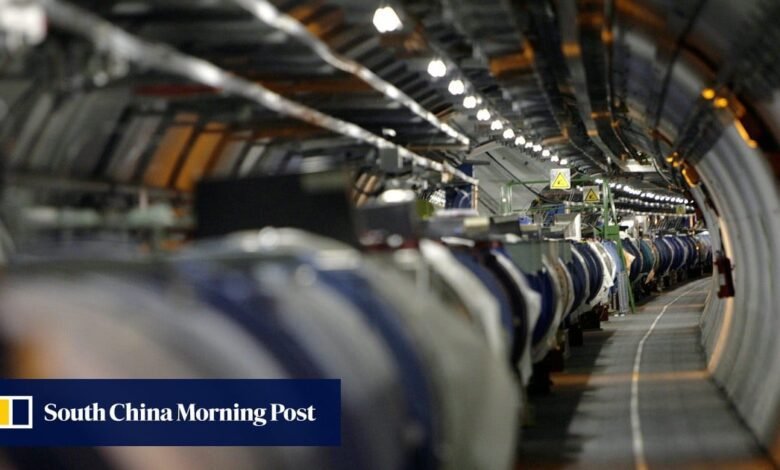China can build the biggest collider on Earth, says CERN president

China’s proposed 36 billion yuan ($5 billion) Circular Electron Positron Collider (CEPC), also known as the Higgs factory, would make the LHC small, with a circumference of 100 km.
The Chinese government did not give final approval to the project, which generated a wide debate in China among the scientific community and the general public.
The strongest opposition came from legendary physicist and Nobel laureate Yang Chen-ning.
Rabinovici said he had read what Yang said and the reactions of Chinese scientists at the time, but believed that Yang, like many others, “underestimated the capacity that exists here in China.”
“Over the years, many Chinese physicists have worked at CERN and gained some knowledge and experience. These people are very capable,” said Rabinovici.
For example, Wang Yifang, the mentor of the CEPC project, previously worked at CERN with Nobel Prize winner Samuel Chao Chung Ting after graduating from Nanjing University with a bachelor’s degree in physics in 1984.
CERN is now considering expanding the LHC to a machine nearly 100 km long, and Rabinovici was invited by the Institute of High Energy Physics (IHEP) in Beijing to share some ideas and plans for the new project.
“Their approach to challenges is not very different from that of CERN, so I am confident that Chinese scientists can do it,” he said.
The question of whether China should build the world’s largest collider has been debated in China for nearly a decade.

“I think there is no doubt that tens of thousands of scientists from around the world, including the United States, Europe and China, strongly believe that this is a good project worth pursuing,” Rabinovici said.
A physicist from a major mainland university, who declined to be named because he was not authorized to speak to the media, said the team led by Wang was made up of exceptional scientists.
Over the past decade, he said, their research was highly regarded by international physicists, and the CEPC project they were designing was attracting enormous global attention.
The physicist also “strongly disagrees” with Yang’s argument that investing in a huge project like this would compress funding for other pressing social issues and other areas of science.
In response to the financial burden of the project, which Yang previously warned was a “bottomless pit,” Wang recently admitted that “36 billion yuan is not cheap.”
However, in the interview with the Global Times in March, Wang highlighted that if the CEPC could support the work of thousands of scientists in the coming decades, the average cost would not be so high.
Wang added that CEPC’s “technical design report” – which took more than 1,000 scientists from 24 countries five years to compile – passed an international review and received “overwhelming feedback” from the physics community when it was released in December.





